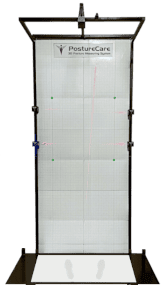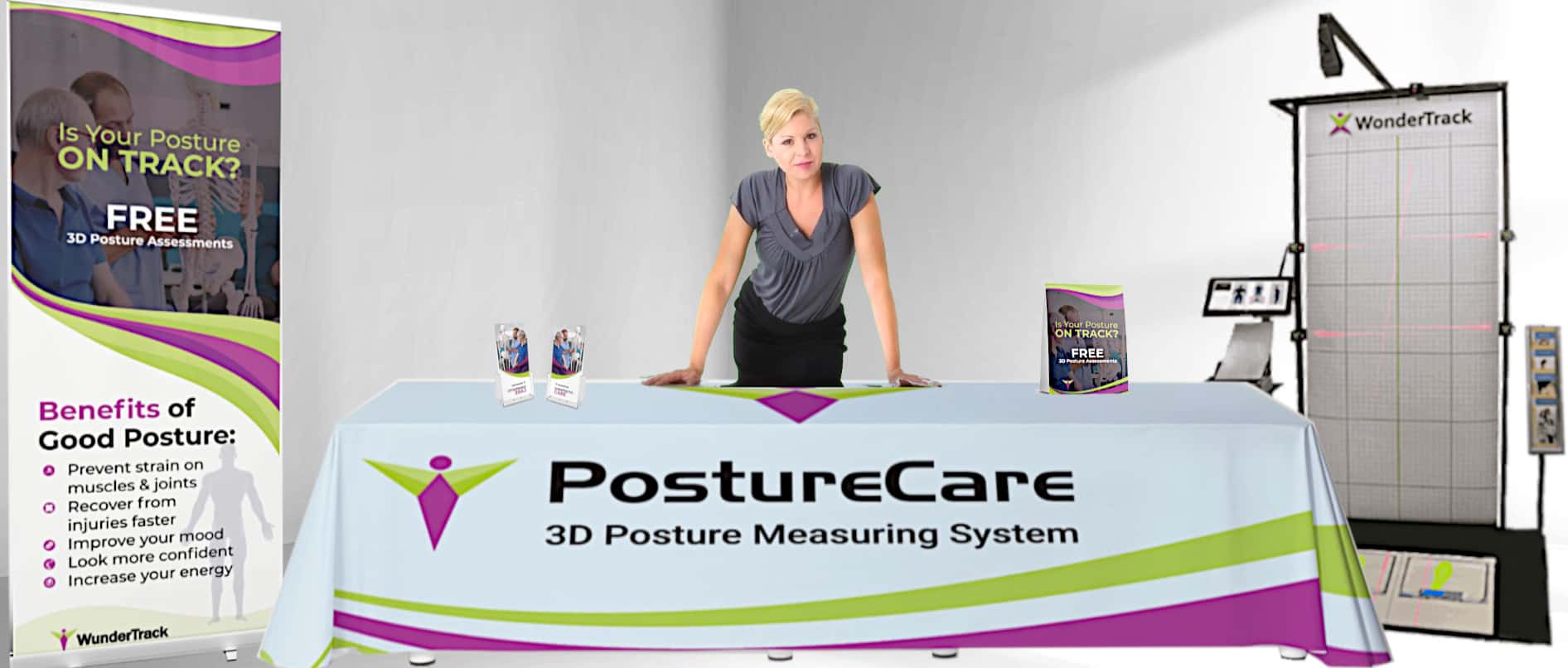Introduction
Posturology, a holistic approach to health and wellness, focuses on the intricate relationship between posture and various bodily functions. This emerging field recognizes that proper posture is not merely a matter of aesthetics but a fundamental element of overall well-being. In this article, we will delve into the world of posturology, exploring its significance in patient healthcare, the professionals who practice it, the services they offer, and the tools and skills employed to enhance postural health.
Understanding Posturology
Posturology is a multidisciplinary approach that examines the influence of posture on the entire body, encompassing the nervous, muscular, and skeletal systems. The practice originated from the understanding that maintaining an optimal posture is vital for the body’s structural integrity and, consequently, its physiological functions. Beyond addressing musculoskeletal issues, posturology seeks to identify and correct imbalances that can contribute to a wide range of health problems.
Why Posturology Matters in Healthcare
Proper posture is more than a matter of standing or sitting up straight; it’s a key factor in preventing and managing various health issues. A well-aligned posture supports efficient breathing, optimal organ function, and neurological well-being. Conversely, poor posture can lead to chronic pain, musculoskeletal disorders, and even impact cognitive functions.
Posturology becomes particularly crucial in healthcare when addressing conditions such as chronic back pain, headaches, balance disorders, and neurological issues. By identifying and correcting postural imbalances, posturologists aim to address the root causes of these problems rather than merely treating symptoms.
Who Practices Posturology?
Posturology is a field that draws on the expertise of various healthcare professionals dedicated to understanding and optimizing posture. Among the practitioners of posturology are:
- **Posturologists:** These are professionals with specialized training in posturology. They often have backgrounds in fields such as chiropractic care, physical therapy, or neurology. Posturologists assess and analyze an individual’s posture, identifying any imbalances and developing targeted interventions to correct them.
- **Chiropractors:** Chiropractors play a significant role in posturology, as they are trained to assess spinal alignment and make adjustments to correct imbalances. They use manual techniques to improve posture and alleviate musculoskeletal issues.
- **Physical Therapists:** Physical therapists incorporate posturology into their practice to address rehabilitation needs. They focus on exercises and interventions that enhance posture and promote overall physical well-being.
- **Neurologists:** Given the intricate connection between posture and the nervous system, neurologists may also be involved in posturology. They investigate how neurological conditions impact posture and develop strategies for improvement.
Services Offered in Posturology
Posturology encompasses a range of services designed to assess, analyze, and correct posture-related issues. Some of the key services offered by posturologists and related professionals include:
- **Postural Assessments:** Comprehensive evaluations of an individual’s posture, considering factors such as alignment, muscle balance, and joint mobility.
- **Gait Analysis:** Examination of the way an individual walks, assessing for abnormalities that may contribute to postural issues.
- **Customized Exercise Programs:** Tailored exercise regimens to address specific postural imbalances and strengthen supporting musculature.
- **Manual Adjustments:** Chiropractors may use manual techniques to adjust spinal alignment and correct postural deviations.
- **Neurological Interventions:** For individuals with neurological conditions impacting posture, posturologists and neurologists may collaborate to develop targeted interventions.
Tools and Skills in Posturology
Professionals practicing posturology utilize a combination of tools and skills to effectively assess and address posture-related issues. Some common tools and skills include:
- **Force Plates:** These devices measure the distribution of forces exerted through the feet during standing and walking, providing insights into weight distribution and balance.
- **3D Motion Analysis Systems:** Advanced systems that capture and analyze three-dimensional movement, aiding in the identification of subtle postural deviations.
- **Pressure Mapping Systems:** Tools that measure pressure distribution on surfaces, such as chairs or foot mats, helping to identify areas of imbalance and discomfort.
- **Posture Grids and Mirrors:** Visual aids that assist in real-time observation of posture, aiding in the assessment and correction of alignment.
- **Neurological Testing Equipment:** Instruments used by neurologists to assess how the nervous system influences posture and develop targeted interventions.
Conclusion
Posturology stands at the intersection of multiple healthcare disciplines, offering a holistic approach to health and wellness through the optimization of posture. As practitioners continue to recognize the intricate connection between posture and overall well-being, posturology has emerged as a vital tool in preventing and managing various health conditions.
Takeaway Points:
- Posturology is a multidisciplinary approach that explores the connection between posture and overall health.
- Posturologists, chiropractors, physical therapists, and neurologists are among the professionals who practice posturology.
- Services in posturology include comprehensive postural assessments, gait analysis, customized exercise programs, manual adjustments, and neurological interventions.
- Tools and skills in posturology range from force plates and 3D motion analysis systems to posture grids, mirrors, pressure mapping systems, and neurological testing equipment.
For more in-depth information on posturology and its applications, interested readers can explore resources provided by reputable healthcare institutions, posturology associations, and publications in related fields.
References:
- Rocabado, M. (2006). *Clinical Cranial Osteopathy: Selective Articular Facilitation Techniques.* North Atlantic Books.
- Zainuddin, Z., Newton, M., Sacco, P., & Nosaka, K. (2005). *Effects of Massage on Delayed-Onset Muscle Soreness, Swelling, and Recovery of Muscle Function.* Journal of Athletic Training, 40(3), 174–180. doi: 10.4085/1062-6050-40.3.174.

















